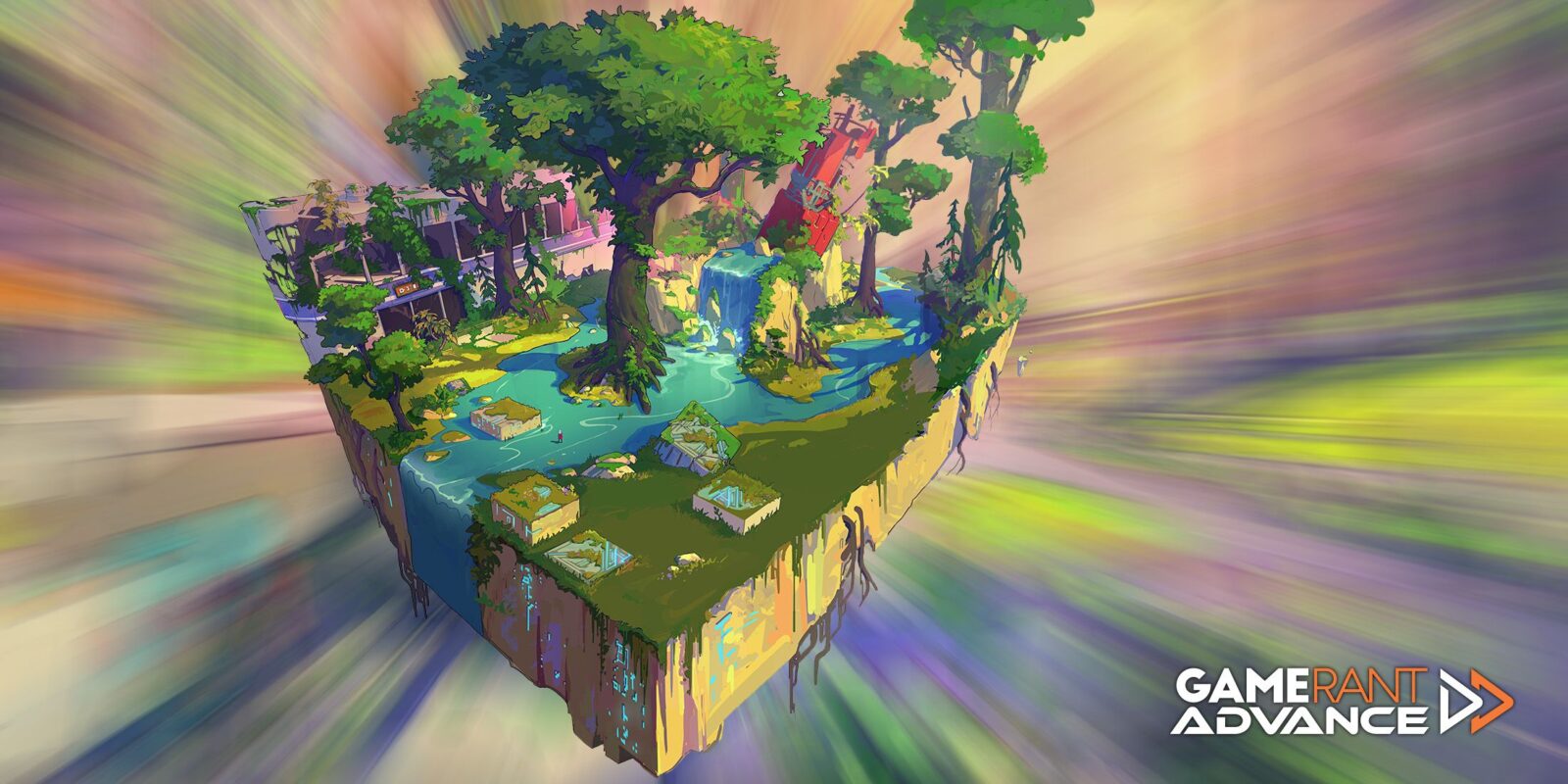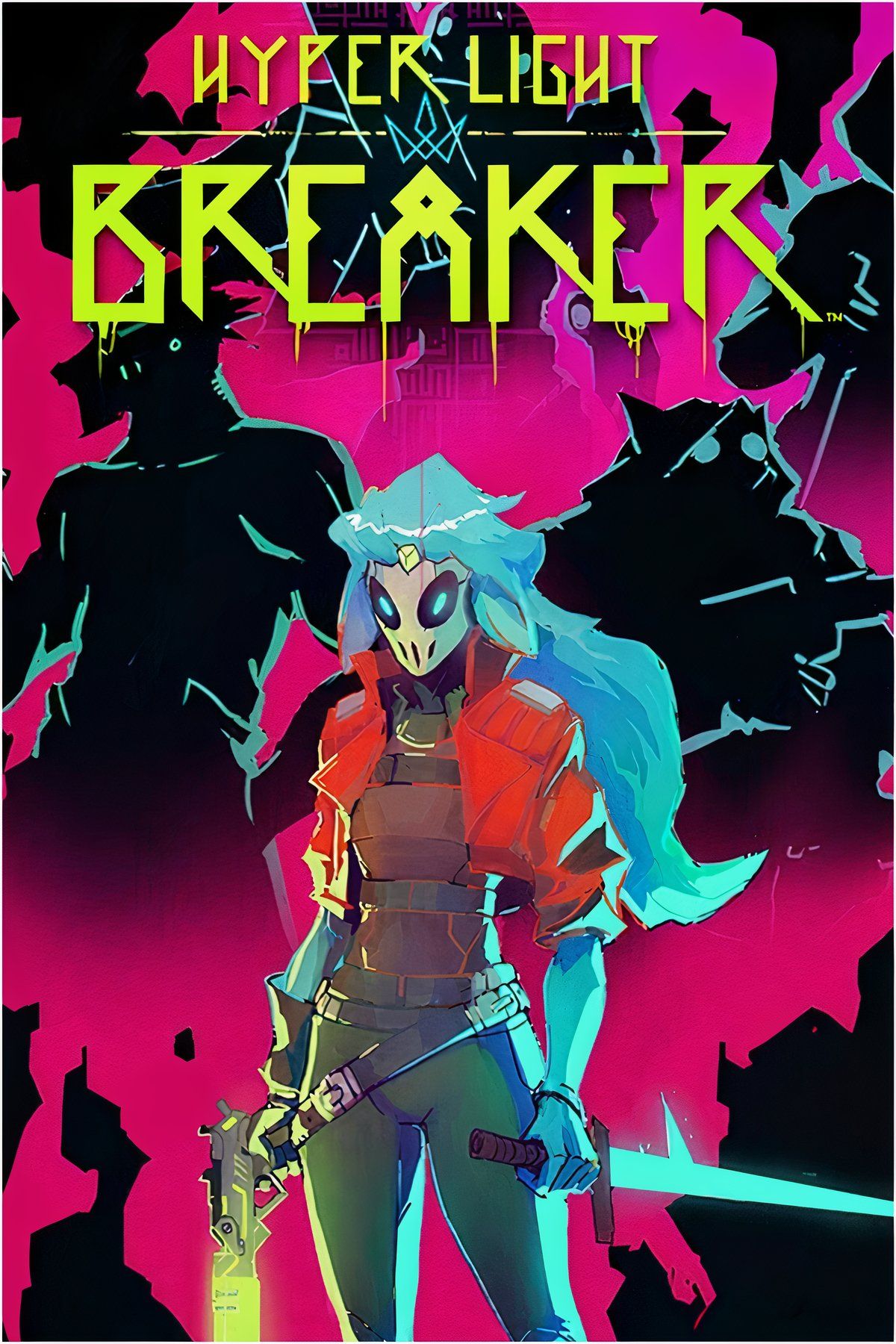To say that fans have been eagerly anticipating an official sequel to Heart Machine’s seminal 2016 action-adventure game Hyper Light Drifter is an understatement. While Heart Machine released the in-universe Solar Ash in 2021, the upcoming launch of Hyper Light Breaker marks the first true follow-up to Hyper Light Drifter, and it’s one of 2025’s most anticipated titles. To assist with transitioning from Hyper Light Drifter‘s 2D world to a 3D rendition in Breaker, the team at Heart Machine utilized procedural generation, albeit in a way that affords greater control.
Notably, Hyper Light Breaker is an action roguelike game focused on open-world elements, co-op gameplay, and a definitive departure from the solo, meditative experience of Hyper Light Drifter. Hyper Light Breaker‘s shift to roguelike replayability–which lends itself to elements of randomization–needed to be managed with the bespoke environments and dungeons players have come to associate with the Hyper Light name. To accomplish this, Heart Machine took a “best of both worlds” approach it refers to as “directed proceduralism.” Game Rant spoke with several developers at Heart Machine, including lead technical artist Len White, creative director Alx Preston, and senior designer Ben Strickland, about how this works.
Hyper Light Breaker’s Developers Break Down What “Directed Proceduralism” Means
From the project’s inception, the driving vision for Hyper Light Breaker has always been for it to be an open-world roguelike set within the Hyper Light universe. Naturally, transitioning from a 2D single-player game with carefully curated environments and moving into a 3D, open-world co-op game with dynamically shifting elements was a massive undertaking. Preston notes that the early stages of Hyper Light Breaker‘s development were heavily focused on “building key combat mechanics and more importantly, procedural generation systems…what could be bespoke/curated elements and what would be handled strictly by math.”
To solve this problem, White describes the team’s process of devising a system it calls “directed proceduralism”, where the team designs specific parameters that the math of procedural generation then fills in and randomizes. He notes:
“Not having absolute control of where everything ends up in the world is a big challenge of procedural generation. Making sure combat and traversal through the world are not handicapped by randomized terrain and placement of…environmental assets required a lot of iteration and tuning of our algorithms and data. We developed a system of directed proceduralism that let us design very rough layouts for maps that would then be procedurally fleshed out to final form.”
This includes key locations like a Crown’s Arena and prism based on certain factors like biomes, pathing out the world beyond that, and then filling it in, more or less. It’s obviously more complex than that, but there’s a lot of work going on behind the scenes in each cycle and run of Hyper Light Breaker.
White also notes that utilizing procedural generation was “pretty essential” for realizing Heart Machine’s vision for an open-world roguelike, with the team trying to balance “what it gives (tremendous variety) and what it takes away (control).” Hyper Light Breaker might utilize procedural generation to deliver fresh environments from run to run, but the rules that govern those creations are set by the designers at Heart Machine, which they refined through their initial experiments with procedural generation. As senior designer Ben Strickland notes,
“…procedural generation really forces you to think about the rules of the world…We never want to exert so much control that we force every seed into the same shape, but we also need some safeguards.”












Leave a Reply